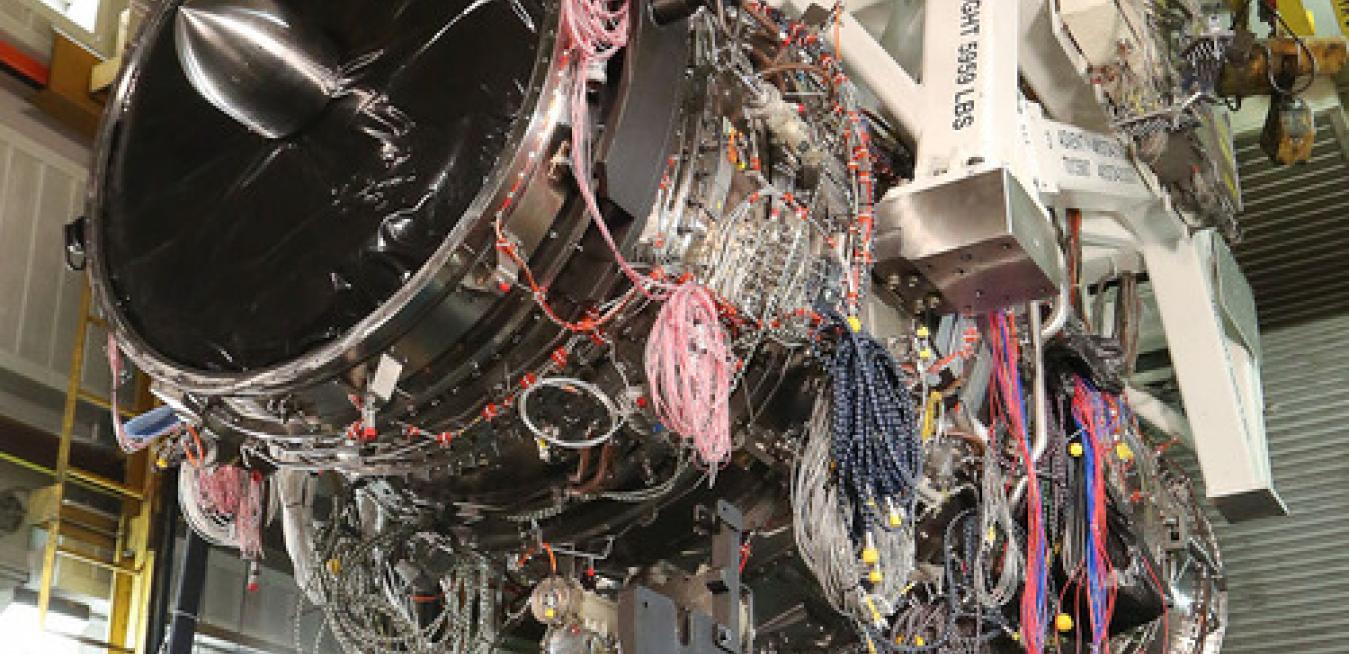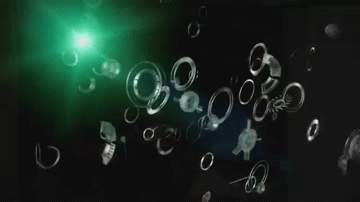People have been using ceramics to store food, drink tea, and tile their homes for millennia. But GE engineers recently upped the ante and started putting high-grade ceramics inside jet engines.
×
GE.com has been updated to serve our three go-forward companies.
Please visit these standalone sites for more information






